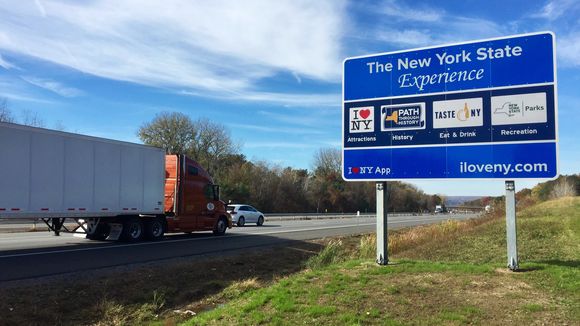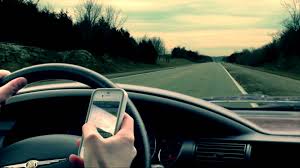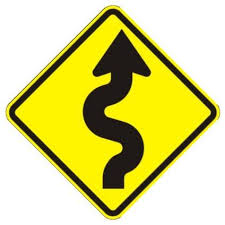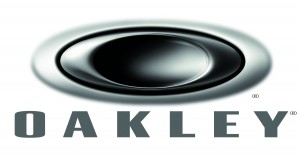 My dad told me a short story this winter, when three grandkids flew down to Florida to see him. When ready to go to the airport, he offered to call them a taxi. Not needed, they said, we’ll just Uber!
My dad told me a short story this winter, when three grandkids flew down to Florida to see him. When ready to go to the airport, he offered to call them a taxi. Not needed, they said, we’ll just Uber!
The cars arrived quickly. They were cheaper than taxis. Dad was amazed.
So what is the cost? No, I don’t mean the cost of the airport trip; I mean the cost to society.
The cost is this: Far more people are likely to be injured and killed by companies such as Uber that rely on apps and speed than by regular taxis or car services. And the worst part is, it’s part of the business model.
Uber drivers, you see, must respond quickly to the incoming notification on their smart phones — reportedly within 15 seconds. Otherwise, they lose that fare. Repeatedly make the mistake of failing to quickly respond? Then you lose your ability to work for Uber.
This means that Uber drivers must be diddling with their dinging smart phones while driving and responding. Instead of looking at the road. The Uber business model not only encourages dangerous distracted driving, but actually thrives and profits because of it.
How dangerous is distracted driving? It’s three times more dangerous than paying full attention. From the Viriginia Tech Transportation Institute:
The study, entitled The Impact of Hand-Held and Hands-Free Cell Phone Use on Driving Performance and Safety Critical Event Risk, shows that engaging in visual-manual subtasks (such as reaching for a phone, dialing and texting) associated with the use of hand-held phones and other portable devices increased the risk of getting into a crash by three times.
Car and Driver did a test for texting/reading while driving, and compared drunks with a .08 blood alcohol level with those who are sober. Time and again, those who were texting, or merely reading their texts, took longer to hit the brakes and stop their cars. And when I say longer, I mean the drunks were quicker to the brakes than the text readers. And these were people on a straight road track who knew they were being tested.
Let’s repeat that: Driving while reading texts is more dangerous than driving while drunk.
The conclusion is inescapable: Uber cars are uber dangerous.
There is a deadly cost to getting Uber drivers to their customers so quickly. And this is a cost not only to passengers, but also to others on the road — most significantly of all, to pedestrians who are not enveloped in that big metal cocoon with seatbelts.
Now take those distracted Uber drivers and put them in New York City, where such vehicles are currently allowed (though they are not yet allowed elsewhere in the state). Our street life hums and thrives on pedestrian traffic.
Uber is significantly more dangerous when people are walking about. The injuries such drivers inflict on pedestrians will likely be far more catastrophic than others, due to the delays in responding to danger by distracted drivers. In other words, an uber accident. (Though collision is the proper word.)
The first lawsuits against Uber drivers are now percolating through the system. They will raise many issues, a few of which are:
- Are the drivers employees of Uber or independent contractors? You can be sure Uber wants to call them independent to shield itself from liability as being responsible for their employees’ actions. But just because they want it doesn’t mean they will get it.
- Is the Uber app a defectively designed product, as it actively encourages distracted driving? Is it inherently dangerous?
- Can Uber be held liable for simply sending messages to people that they know are behind the wheel and moving? I covered this subject last month, with respect to potential liability for friends sending texts to people they know are driving.
- Knowing full well the danger, will juries decide that such conduct is reckless, and therefore subject Uber to punitive damages?
Are the issues interesting? You bet they are. For a lawyer. Not so much when you are splayed out on the blacktop waiting for the ambulance.
But perhaps more importantly, Uber will likely go running to the Legislature complaining about its insurance rates — as it’s inevitable that their drivers will get in more accidents, that the injuries will be more severe, and their insurance will obviously go up as a result. Insurance goes up for drunks, doesn’t it?
Did I say “will” be running to the Legislature? As it happens, they are running there now. A piece in Politico/New York discusses extensive lobbying efforts going on now for them to expand outside New York City. And the bill must go before the insurance committee.
One hopes that, if such bill does appear, and does go before the insurance committee, that legislators pay particular attention to the fact that Uber’s business model is exceptionally dangerous, and that the injuries they inflict to others will be far more catastrophic due to the delays in responding by distracted drivers.
The most dangerous drivers are probably those cruising for fares and waiting for the phone to ding.
If the technology is not going to be outlawed because it’s just too damn dangerous, then Uber (and Lyft and others of their ilk) should be made to carry significantly more insurance than others to cover the costs that they will inflict.
It isn’t enough for Uber to say, “let the injured and killed be damned so that we can make more profit.” And it isn’t enough for the victims and taxpayers to be left paying for the damage that the distracted drivers inflict.
 When the political season rolls around we often hear lots of blabber about “too many regulations.” I call it blabber because rarely do the nay-sayers of “regulations” explore why they were created and what benefit (if any) they may be to society.
When the political season rolls around we often hear lots of blabber about “too many regulations.” I call it blabber because rarely do the nay-sayers of “regulations” explore why they were created and what benefit (if any) they may be to society.



